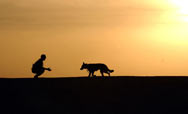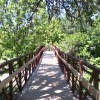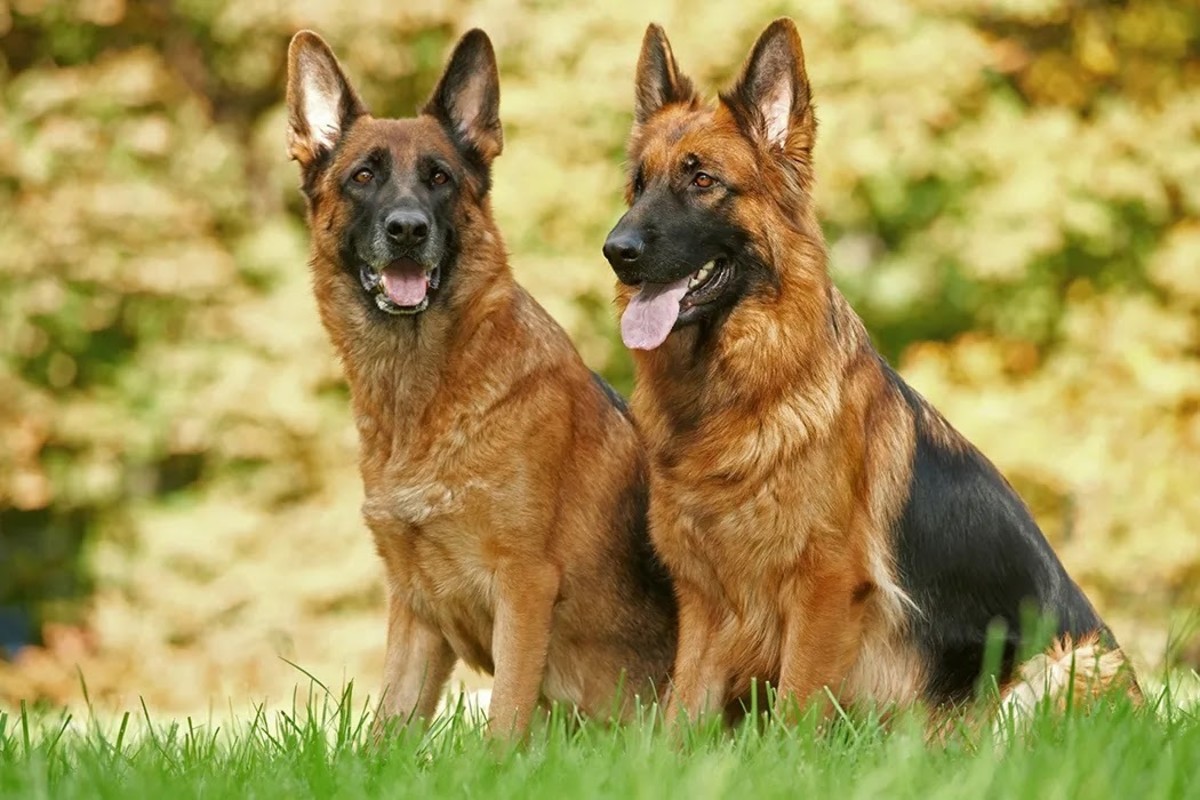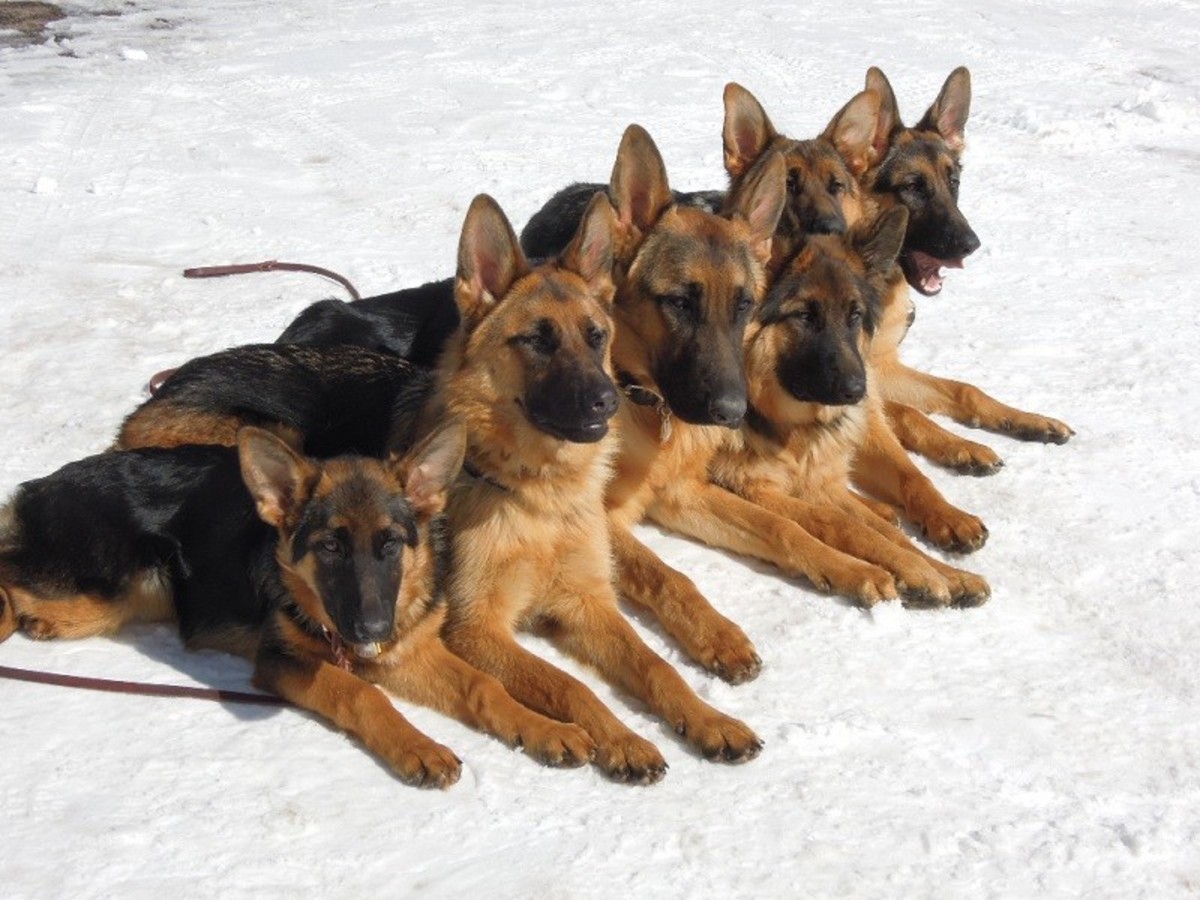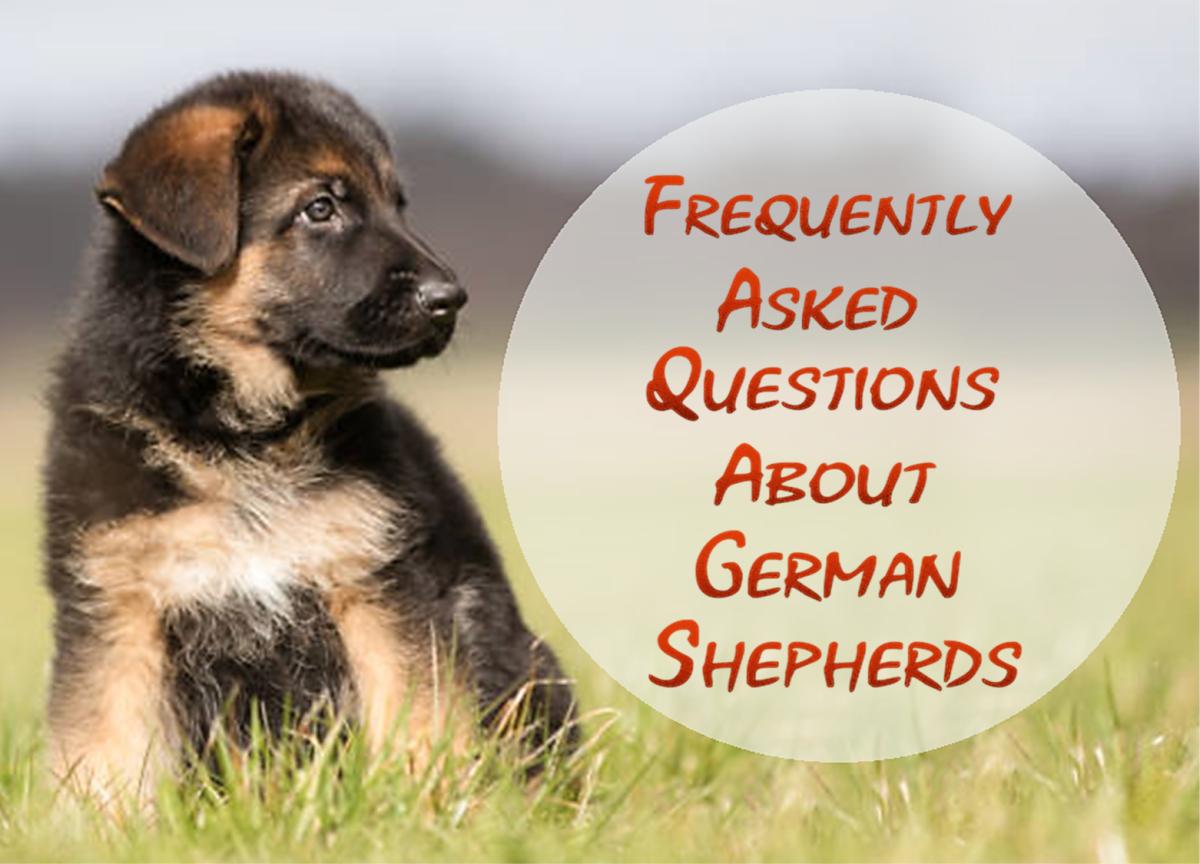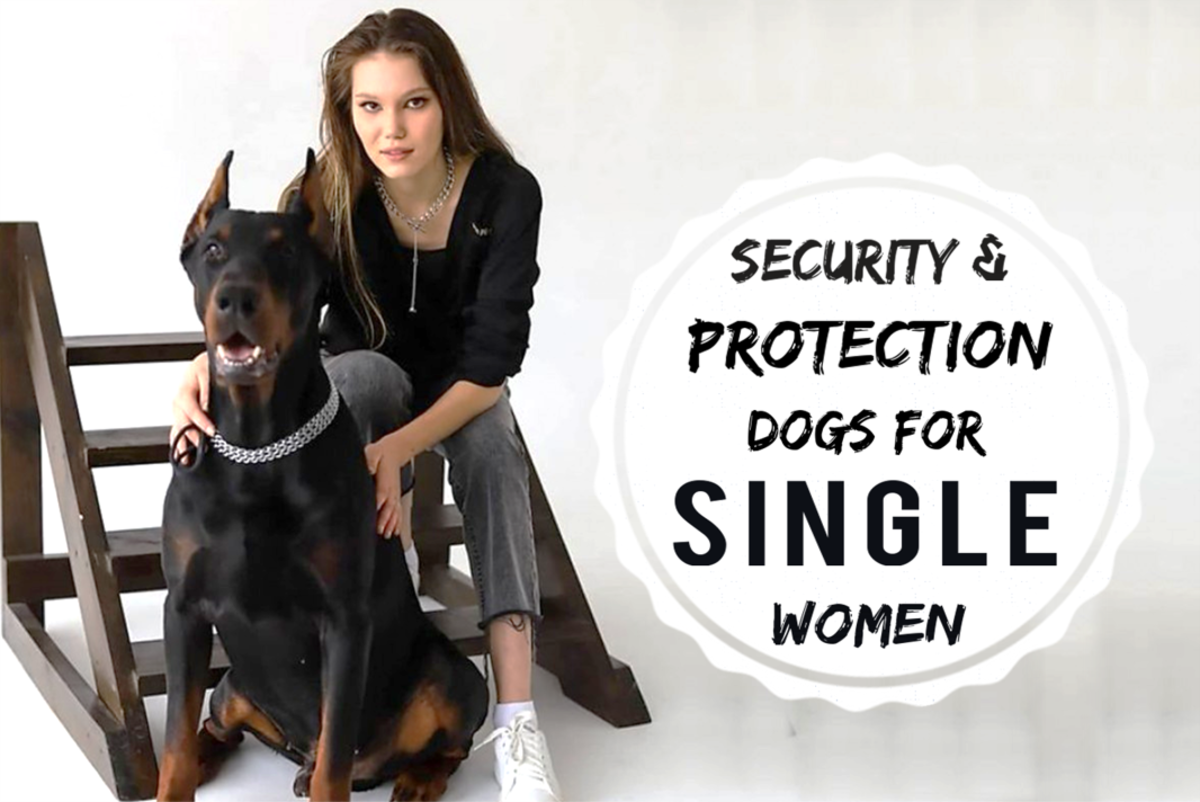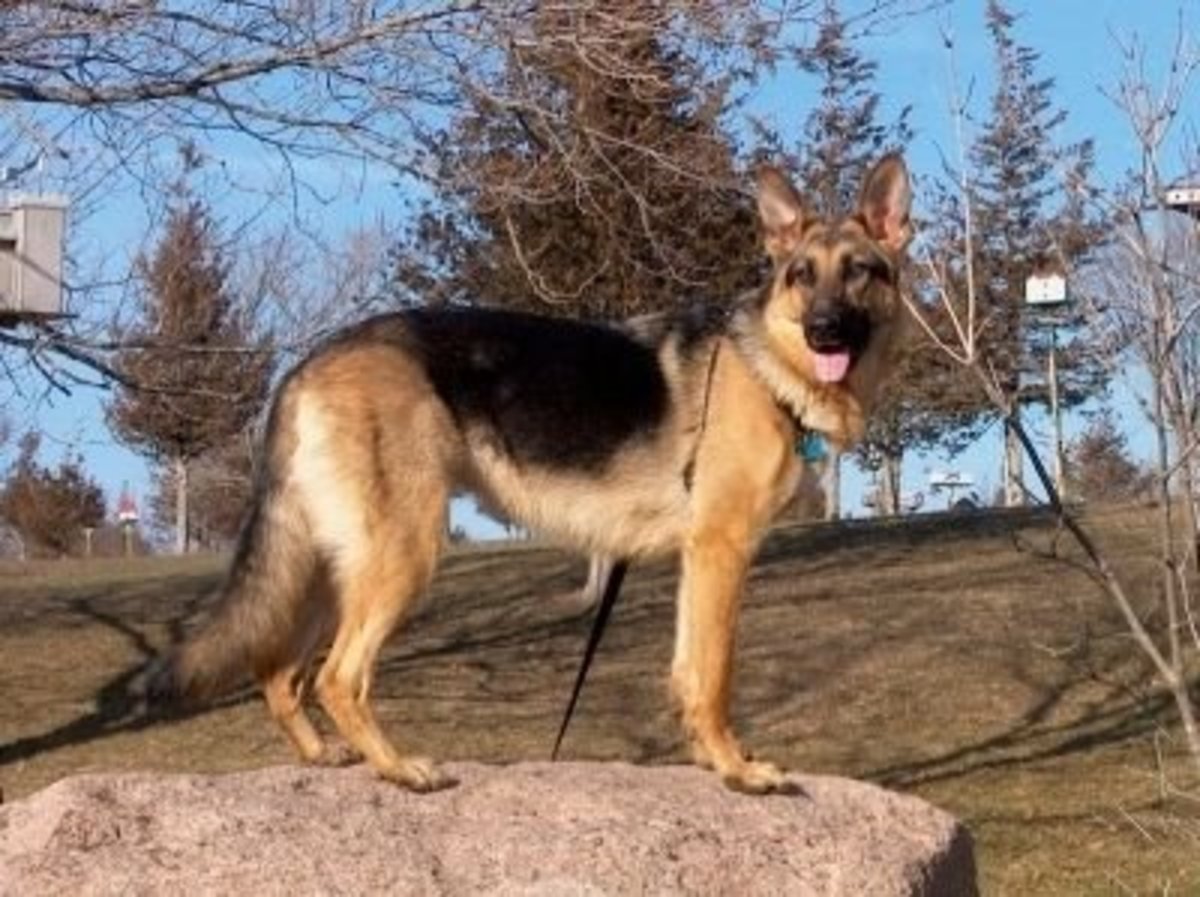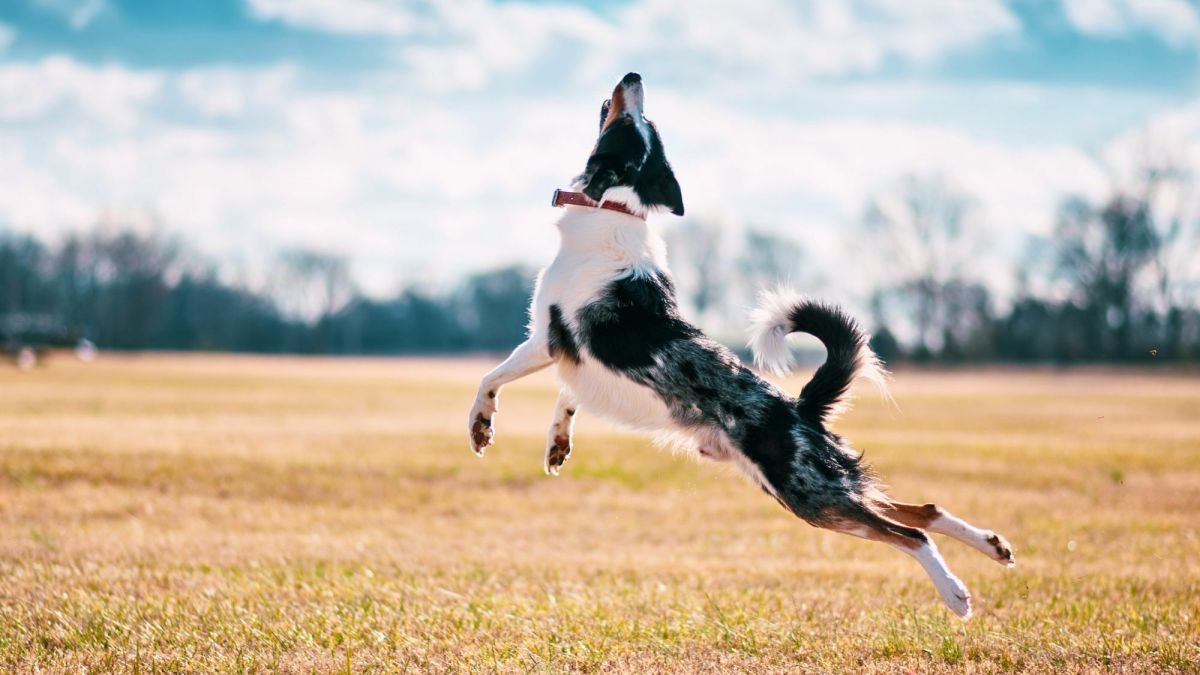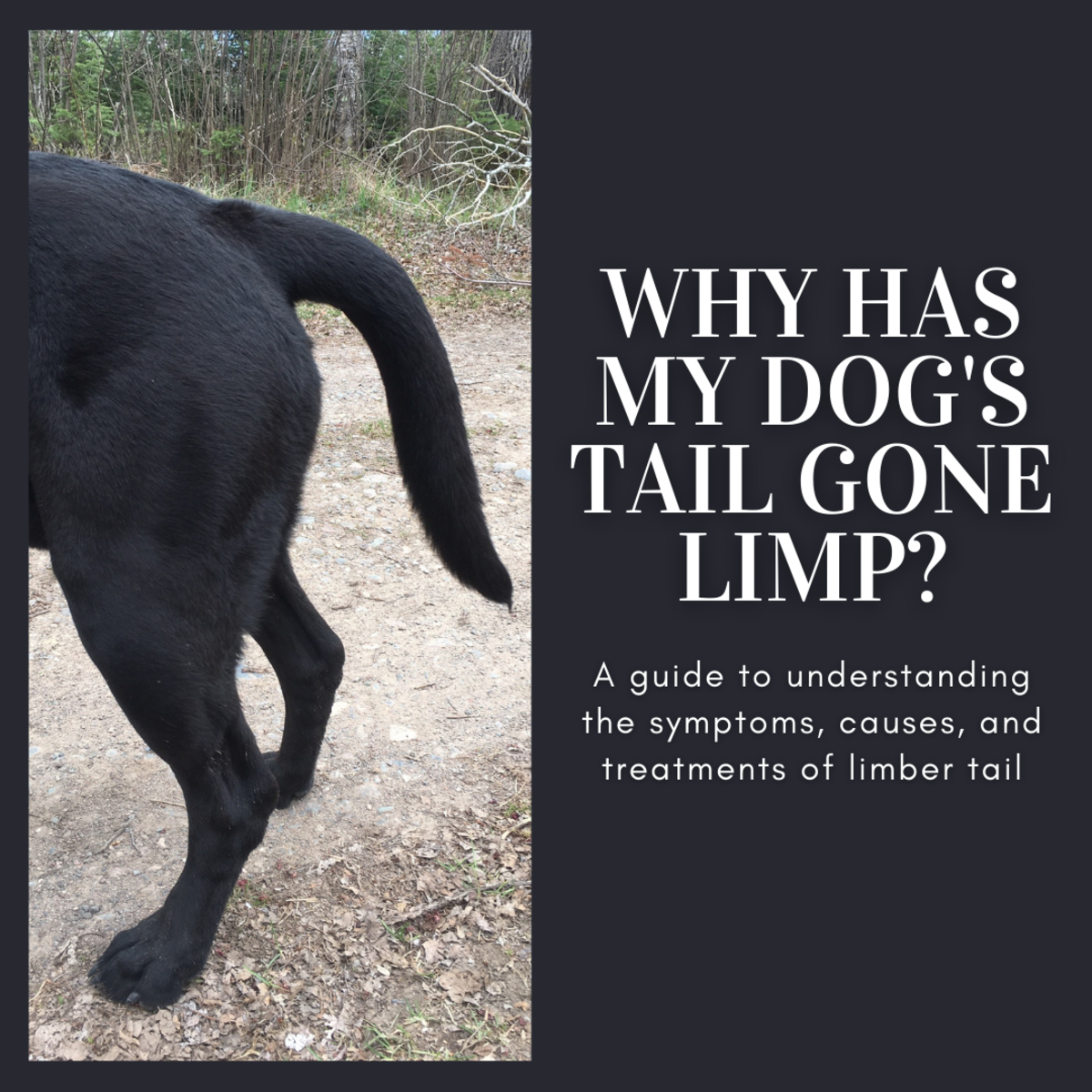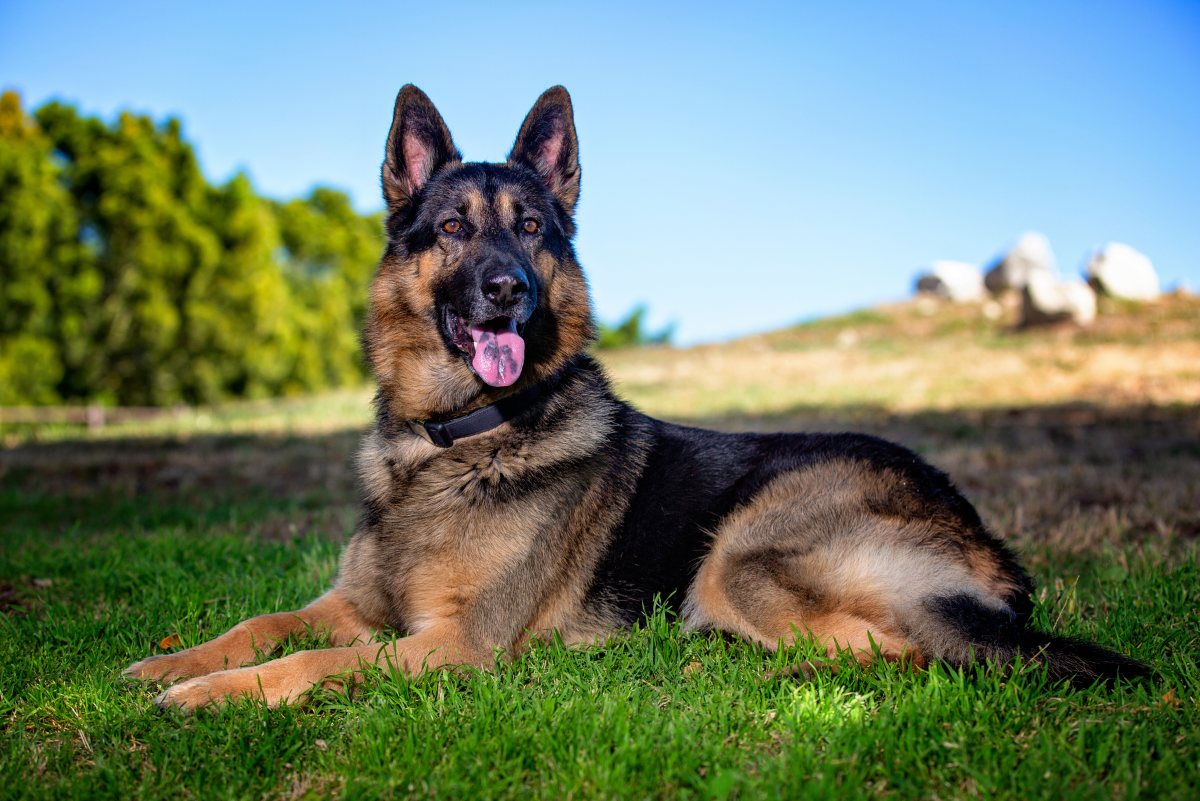German Shepherd Dogs
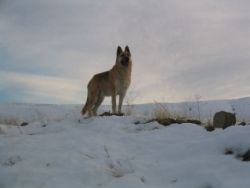
Deutsche Schaferhunde
Many people have heard about the German Shepherd Dog hero Rin Tin Tin, or have seen the dogs used by the Police and Military, or as Guide dogs.
They are one of the most popular working breeds that can do many different jobs.
This page will cover the description and history of the breed.
This photo PD. Other photos Jack2205
My Experience With German Shepherd Dogs
When I was young, I used to watch Rin Tin Tin on t.v. Everywhere that I saw these dogs, they were portrayed as great heros.
The first real live German Shepherd that I saw was named Cinnamon. He belonged to a neighbor. The dog was the most familiar popular color, mostly tan with a black saddle pattern on his back. He used to jump over the fence and get out of his yard all the time, and run all over the neighborhood.
I always knew that when I could get my own dog, it would be a German Shepherd. I found the smartest, most perfect dog. Then I became a dog groomer and trainer and I worked with a lot of them. They were always well-behaved around me. I think they could sense how much I liked them and that they were my favorites.
It is very simple to teach them voice commands in both the English and German language and hand signal commands. Most of them easily learn all three.
Two Black and Tan Puppies
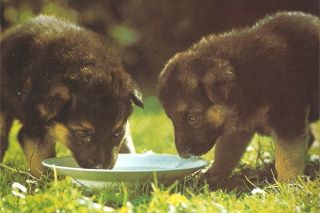
Play Time and Exercise
Large dog breeds need several hours of exercise and training every day to stay well behaved and keep them from developing behavior disorders.
Canine Beds
After all that exercise dogs need a soft, safe, warm in the winter, and cool in the summer, bed to curl up on and take a nap or go to sleep for the night.
Walking The Dogs
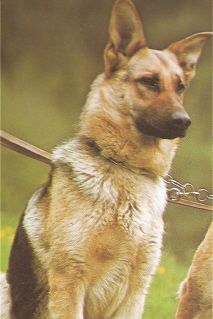
Breed Description
Purebred dogs are measured with a breed standard of perfection, a description of what the best quality dog should look like. Each organization has its own standards for the breeds, however these may vary.
An ideal German Shepherd Dog is lively and alert, his or her body is well-muscled, agile, and powerful. This well-balanced dog is usually longer than he is tall and deep-bodied. He looks substantial and not spindly, giving the impression of muscular fitness whether at rest or in motion. He also appears nimble and never clumsy or flabby. Although difficult to define, the German Shepherd's look of nobility is unmistakable when present.
Characterized by a direct and fearless expression, the German Shepherd never appears hostile, but instead appears self-confident, with a certain aloofness. While maintaining this aloofness, the German Shepherd must be approachable, quietly standing his ground and showing confidence and willingness to meet overtures without making them him or herself. The breed has encountered success in many areas including watchdog, leader of the blind, herding dog, guardian, and companion. He is poised and calm, but when the occasion presents itself he can be alert and startling.
Strong without coarseness, the head is noble and cleanly chiseled. The muzzle is long and strong with the lips firmly fitted, the forehead is only moderately arched, and the skull slopes into the long, wedge-shaped muzzle without abrupt stop. In proportion to the skull, the ears are slightly pointed and stand up when at attention. The eyes are medium-sized and almond shaped, set a little obliquely and not protruding. The darkness of the eyes gives the breed a keen and intelligent expression.
The German Shepherd Dog varies in color, and rich colors are preferred. The ideal dog has a double coat of medium length. His or her coat is as dense as possible with straight hair lying close to the body.
Food
Special dog food made only for the German Shepherd breed.
The History
In Germany, in 1891, the Phylax Society group was formed for native dog breeds. The group was short-lived and closed in 1894. At that time, the father of the breed, Captain Max von Stephanitz appeared.He had long admired the intelligence, strength, and ability found in the native sheepdog breeds, but he could not find the perfect dog. He found one at a show in 1899, and promptly purchased it. He formed a group, the Verein fur Deutsche Schaferhunde, or SV. That was the beginning of the German Shepherd breed.
The dog was called Hektor Linksrhein, but was later renamed Horand v Grafeth. Many breeders used him in their programs. Horand's best son was Hektor v Shwaben, who sired Heinz v Starkenburg, Beowolf, and Pilot. The dogs which had special ear and tail carriage, size, color, and temperament were used. Von Stephanitz believed that the German Shepherd should be bred for utility and intelligence. He knew that the role of shepherd dogs would decline and the breed must be able to adapt to other work if it were to continue.
During World War I, the breed was a messenger dog, rescue dog, sentry dog, and personal guard dog. Servicemen from the USA, UK, and the Commonwealth would see the dog's bravery, intelligence, and steadfastness. Many dogs went home with the servicemen. In 1919, 54 dogs were included in the English Kennel Club. By 1926, the number went up to 8,058. At the end of the War, it was believed that the breed would end if the word German appeared in the name. It was decided to call them Alsatian Wolf Dogs after the German-French border area of Alsace-Lorraine. The Wolf Dog was later dropped. In 1977, the name was changed back to German Shepherd Dog.
When the breed arrived in Britain with the reputation as a war dog, its sheepdog qualities were overlooked. At the time Britain already had many quality working sheepdogs. The Seeing Eye dogs in the USA and Britain were mostly German Shepherds. The Labrador didn't challenge that until many years later. In World War II, the German Shepherd's popularity spread around the world.
Jumping Over The Gate
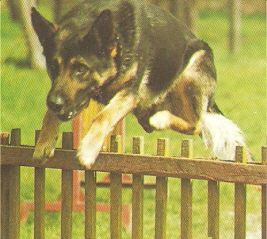
AKC
Watch out for German Shepherds with the American Kennel Club's extreme hips. There is a very good chance that they will develop major hip problems. They should have normal dog hips like they originally did.
German Shepherd Dog in Training
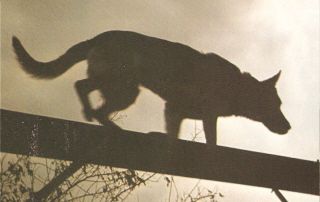
Pet Taxis
Keep your dog safe when traveling.
Harnesses
Great idea if your dog has neck problems, controls pulling on the leash, and keeps dogs safer in a car.
